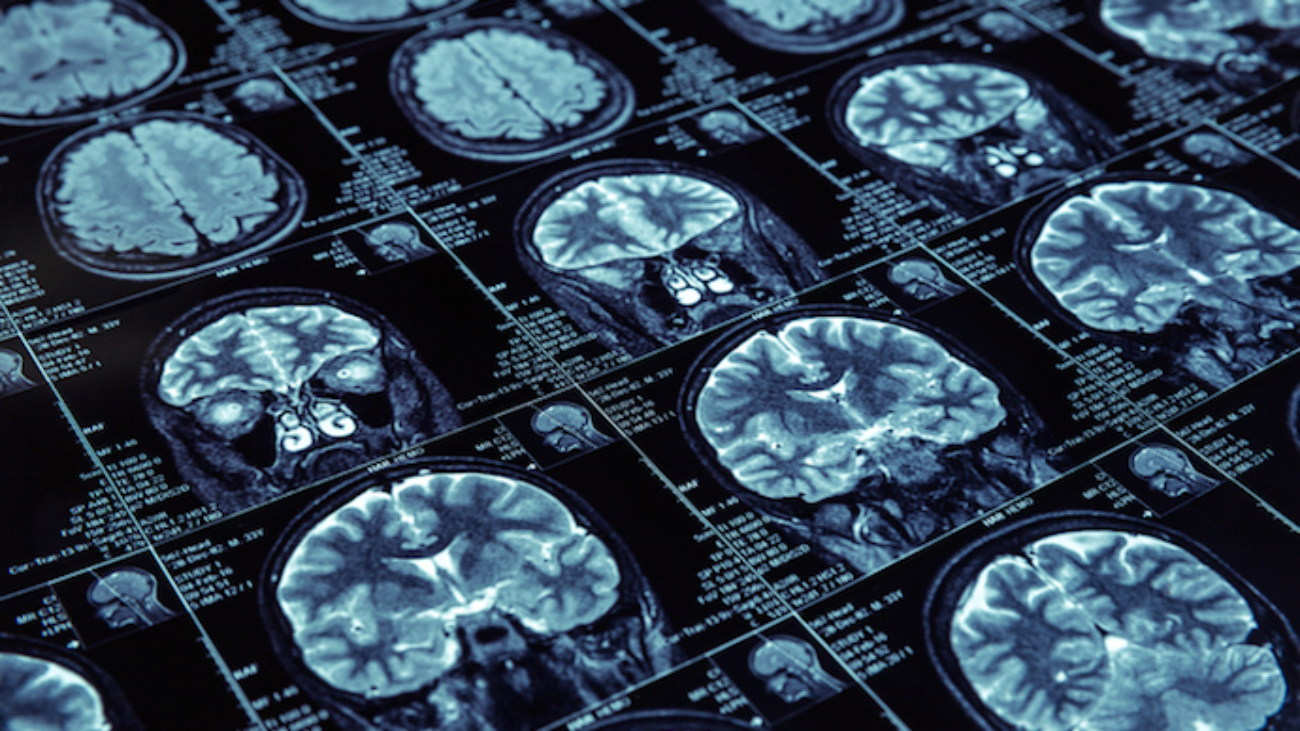Accurate diagnosis is an essential aspect of effective healthcare. Radiologists play a critical role in diagnosing various diseases, including cancer, heart disease, and other life-threatening illnesses. However, the shortage of radiologists and the high workload in many medical centers can lead to delays in interpreting and preparing reports. On the other hand, healthcare providers are increasingly relying on artificial intelligence (AI) to enhance the accuracy and efficiency of medical image analysis and interpretation, especially for challenging anomalies like tumors, fractures, and lesions that may be difficult to detect and diagnose solely through human visual inspection.
Timely access to radiology reports is crucial for healthcare professionals to make informed decisions about patient care. Whereas, delays in treatment due to late or unavailable radiology reports can lead to misdiagnosis, prolonged suffering for the patient, missed opportunities for early intervention, worsening medical conditions, and even increased risk of mortality.
Artificial Intelligence, a field within computer science, endeavors to develop machines or systems capable of executing tasks that typically require human intelligence, including activities like reasoning, learning, and decision-making. One of the major benefits of using AI in this area is its ability to analyze large volumes of medical images quickly and accurately, which is not nearly possible by human force. This will enable the doctors to both expedite the diagnosis process and focus their time and expertise on more complex cases without suffering from mistakes due to fatigue or stress, while routine cases are handled by the AI system.
Anomaly detection is the problem of recognizing abnormal inputs based on the seen examples of normal data. Detecting anomalies is still an ongoing research problem drawing a lot of attention with applications in medical diagnosis. This generally involves training machine learning algorithms such as decision trees, support vector machines, deep learning models, and artificial neural networks.
It should of course be noted that analyzing medical images is easier said than done. Detecting anomalies in images is a common task in various industries, but it presents a particular challenge in the medical field. While algorithms can easily identify say objects or people, detecting early signs of lung pathology, such as COVID-19 pneumonia, in medical scans is much more difficult. This requires specialized treatment of neural networks to detect anomalies by sifting through countless scans in search of pathologies.
AI can detect anomalies in medical images using deep learning, a machine learning subset that employs neural networks to learn from vast amounts of data and make predictions. These networks are comprised of artificial neurons arranged in layers that can process and transmit signals, much like the human brain. By training a neural network with labeled medical images, such as X-rays, CT scans, or MRI scans, it can learn to identify patterns and features that signify the presence or absence of anomalies. This knowledge can then be applied to new images for classification as normal or abnormal, as well as identifying the type and location of the anomaly.
A conventional way to address this is using training datasets of negative and positive samples (called the two-class problem). However, there are few examples of positive cases to train neural networks, and the normal case (i.e., the negative cases of illnesses) is overrepresented, making it difficult to define abnormalities as a distinct class. Meanwhile, the anomalies look very much like the normal case, and trained professionals are needed to differentiate the cells and recognize something’s amiss.” Researchers have now proposed one-class solutions such as using a deep convolutional neural network (DCNN) based auto-encoder to detect anomalies.
In a study, researchers used the classical autoencoder approach for image anomaly detection. They used the progressive growing technique, in which they started from a low-resolution network and added new layers to gradually introduce additional details during the training. They achieved a smooth growth of perceptual information in the loss function and showed that this greatly improves the quality of anomaly detection in high-resolution medical data.
Artificial intelligence (AI) has the potential to revolutionize medical treatment by providing a solution to the shortage of radiologists or their high workload, particularly by integrating data from various sources, including medical imaging, disease risk factors, multi-omics data, therapy procedures, and follow-up data. With advancements in machine learning and deep learning algorithms, AI can analyze medical images for anomalies and assist radiologists in making accurate diagnoses.


Add a Comment